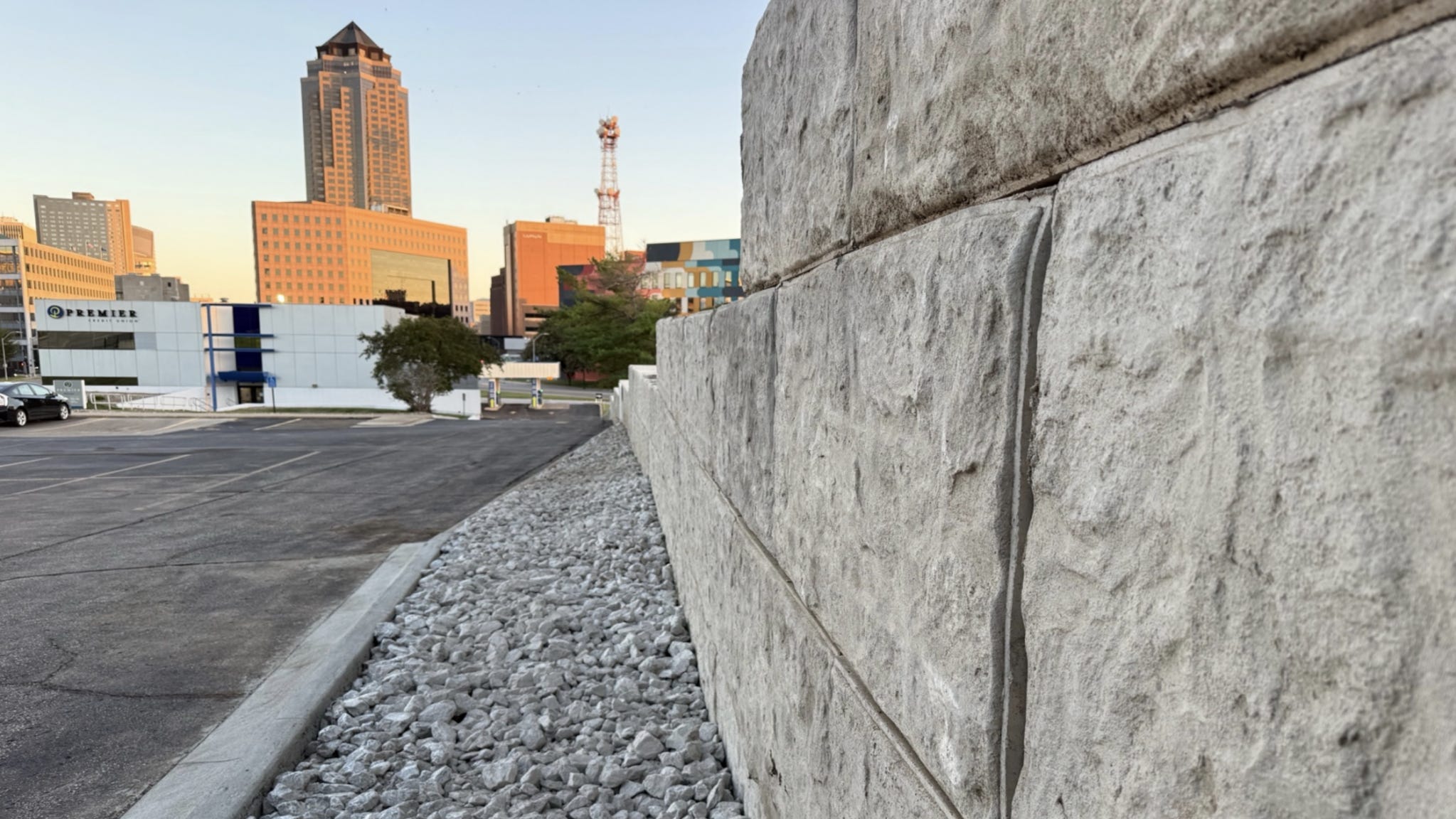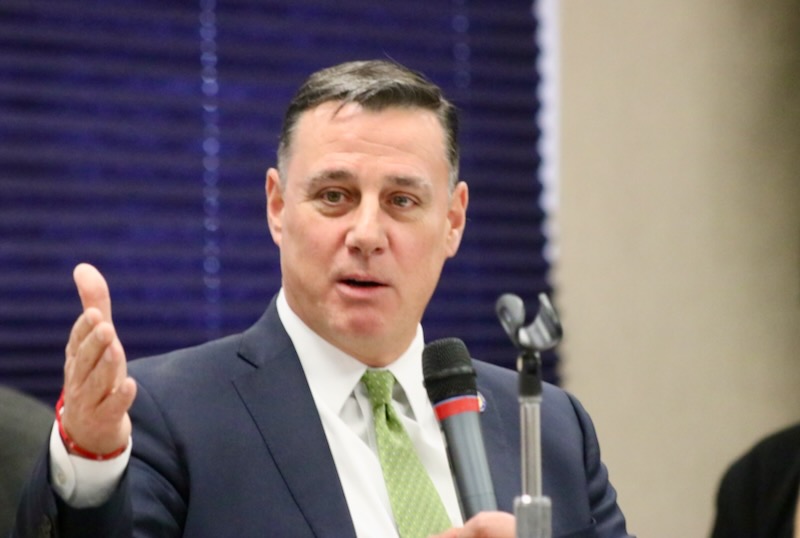Blades of Innovation: How One Iowa Firm Is Transforming Wind Turbine Waste into Sustainable Solutions

In a groundbreaking approach to sustainable innovation, Renewablade has discovered an ingenious solution to one of the wind energy industry's most persistent challenges: the disposal of massive, hard-to-recycle wind turbine blades. These enormous fiberglass and resin structures, which can stretch up to 260 feet long, have long posed a significant environmental dilemma.
By reimagining these seemingly obsolete components, Renewablade is transforming potential waste into valuable resources. Their innovative process breaks down the complex materials of decommissioned wind turbine blades, creating new opportunities for recycling and repurposing. This breakthrough not only addresses the critical issue of blade disposal but also demonstrates a circular economy approach to renewable energy infrastructure.
The company's method tackles the environmental challenge head-on, converting what was once considered industrial waste into materials that can be reused in various applications. This approach significantly reduces landfill waste and provides a sustainable alternative to traditional blade disposal methods, marking a pivotal moment in wind energy's environmental responsibility.
As the wind energy sector continues to grow, Renewablade's solution offers a promising path forward, proving that innovation can turn environmental challenges into opportunities for sustainable development.








